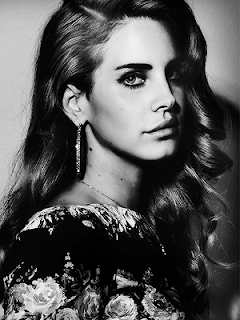American Soldier
A. The photo of 'A Father's Concern' is the most powerful to me because it shows Ian going through a rough time because of his injuries from the training and the arm overall. He also went through a breakup and the drugs he has to take due to his injuries helps with the pain.

B. The images work together to tell a story because first, they introduce the boy in the photo (Ian) graduating and slowly showing the changes in him through time. He graduates, then joins the arms, gets engaged, then married.
C. The captions of the photos help the reviewer understand what's happening in the photo. Without the caption you wouldn't know the hard tasks Ian faced or know the characters/setting of the photo.
D. A boy named Ian, enlisted for the army and was accepted. At training he had to deal with accepting and understanding the different people. The tasks Ian faced were hard and had to deal with physical punishments if he did something wrong. He was sent to Iraq for a long term and came back home safe. After being home, he and his girlfriend got a marriage license.
E. The first sentence the captions are written in present tense form, the second sentence is written in past tense to give you background information.
F.
1. On average the captions have around 2-3 sentences each.
2. The first sentence provides the date, where the photo is taken, who's in the photos, and what's happening in the photo.
3. The second sentence usually provides past/background information of what happened before the photo was taken.
4. The third captions give the reader information of what happened after the photo was taken.
5. Yes, in the caption 'A Father's Concern' therein a quote said by Ian himself.
6. Yes, in the caption 'A Father's Concern' has four sentences, not including the sentences in the quote.
G. I think photos help the viewer imagine what's happening and they can create some of their own details of the story. The caption gives you the who, what, when, where, and why so based off of those sentences it can help the reader come to conclusions about each "page" or photo in this context.
H. Creating real stories give you little details that captions can't fill the reader in on. So, if someone wants all the details of the story than a real book or story is what they should have. If they want a basic story through photos then picture and captions are the best for that person.

B. The images work together to tell a story because first, they introduce the boy in the photo (Ian) graduating and slowly showing the changes in him through time. He graduates, then joins the arms, gets engaged, then married.
C. The captions of the photos help the reviewer understand what's happening in the photo. Without the caption you wouldn't know the hard tasks Ian faced or know the characters/setting of the photo.
D. A boy named Ian, enlisted for the army and was accepted. At training he had to deal with accepting and understanding the different people. The tasks Ian faced were hard and had to deal with physical punishments if he did something wrong. He was sent to Iraq for a long term and came back home safe. After being home, he and his girlfriend got a marriage license.
E. The first sentence the captions are written in present tense form, the second sentence is written in past tense to give you background information.
F.
1. On average the captions have around 2-3 sentences each.
2. The first sentence provides the date, where the photo is taken, who's in the photos, and what's happening in the photo.
3. The second sentence usually provides past/background information of what happened before the photo was taken.
4. The third captions give the reader information of what happened after the photo was taken.
5. Yes, in the caption 'A Father's Concern' therein a quote said by Ian himself.
6. Yes, in the caption 'A Father's Concern' has four sentences, not including the sentences in the quote.
G. I think photos help the viewer imagine what's happening and they can create some of their own details of the story. The caption gives you the who, what, when, where, and why so based off of those sentences it can help the reader come to conclusions about each "page" or photo in this context.
H. Creating real stories give you little details that captions can't fill the reader in on. So, if someone wants all the details of the story than a real book or story is what they should have. If they want a basic story through photos then picture and captions are the best for that person.


Comments
Post a Comment